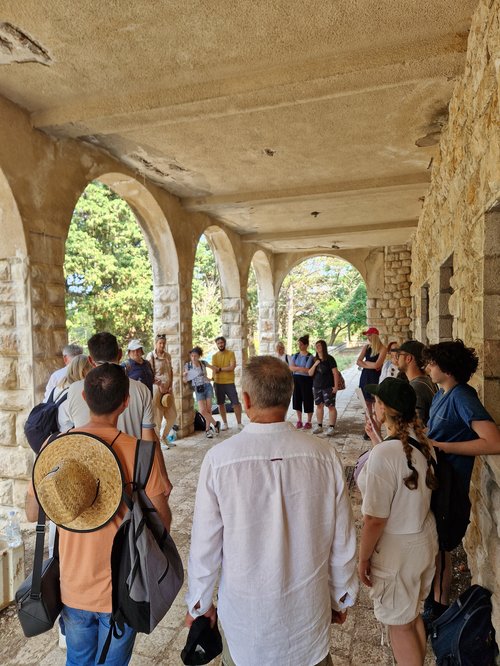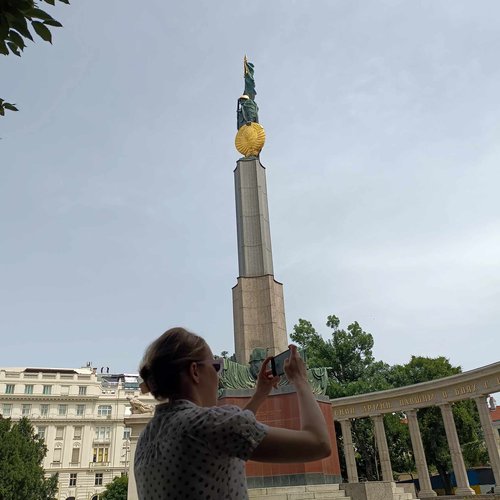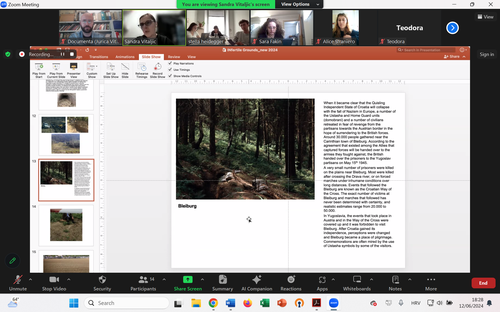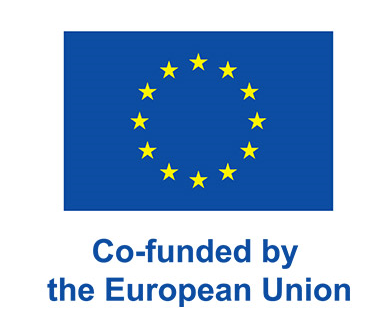Hybrid training on photography for youth
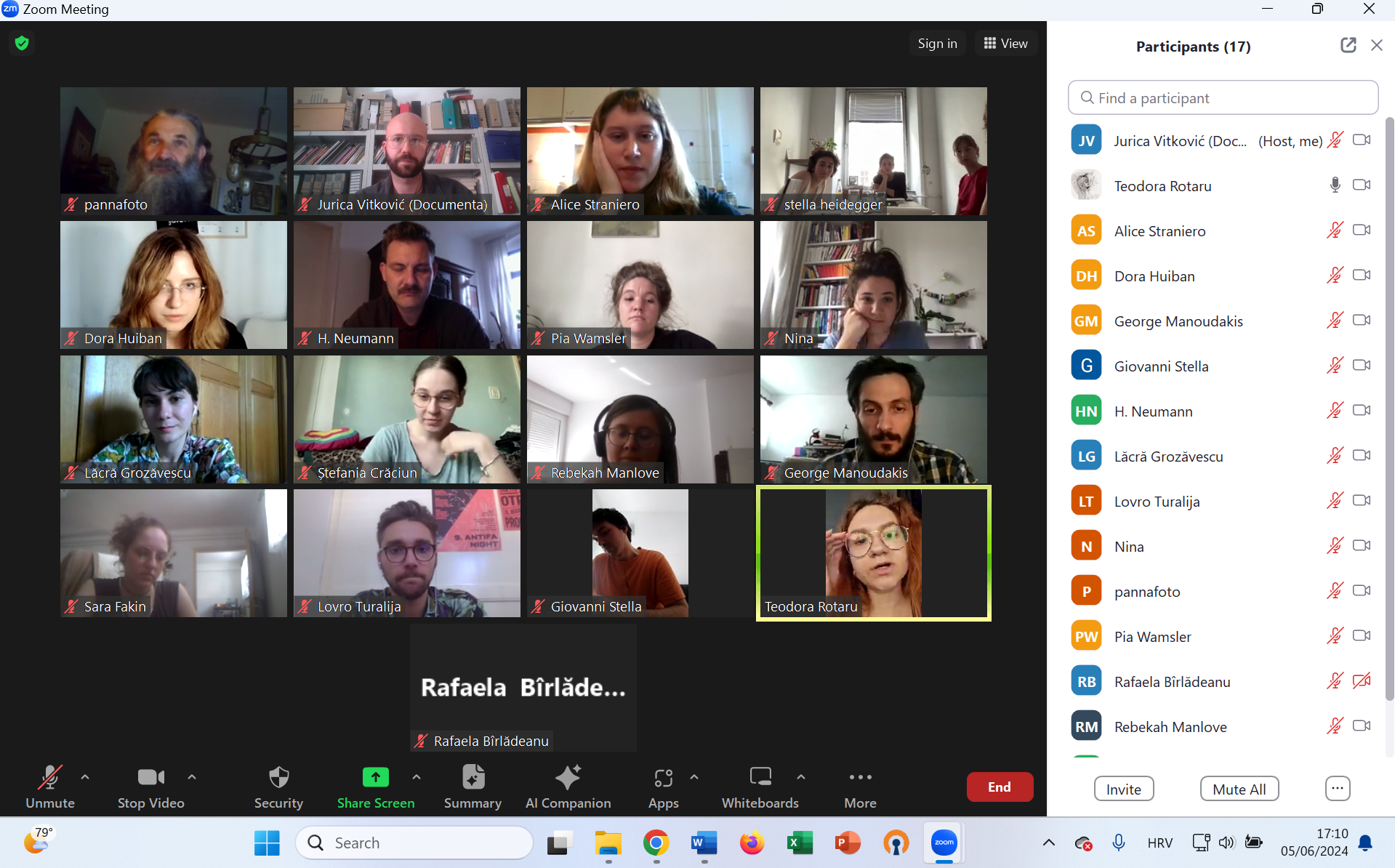
Between June and September 2024, a hybrid photography training program for youth was successfully conducted, blending online sessions with visits to historically significant sites across partner countries. Led by visual artist and curator Sandra Vitaljić and photographer and activist Saša Kralj, the program introduced 37 participants to the art of photography while critically engaging with controversial places of memory. It began with two online sessions on June 5 and June 12, 2024, focusing on photography techniques and ethical considerations. These were followed by site visits to key historical locations, including Goli Otok in Croatia, demolished churches and monasteries in Bucharest, the Memorial Bautzner Straße in Dresden and Pirna, Germany, and the Soviet War Memorial in Austria. Participants attended local visits specific to their countries, such as Croatian participants visiting Goli Otok and German participants visiting Pirna.
Vitaljić and Kralj, both accomplished professionals with expertise in social issues, memory, and identity, guided participants through this exploration of historical narratives. They also played a pivotal role in selecting photographs for an online exhibition. After the site visits, participants reconvened online to discuss and evaluate their work, ultimately selecting images for a digital exhibition. This program provided young people with an opportunity to develop photography skills while engaging deeply with Europe’s complex historical memory, culminating in an online exhibition that connected diverse experiences and perspectives.
The project also resulted in the production of the digital publication Fading Histories: The (In)Visible Past. This document invites readers to reflect on European cultural heritage, focusing on overlooked and forgotten sites from the Cold War era. By documenting these historical locations through photography, the publication raises awareness about the importance of preserving these spaces as symbols of Europe’s divided past. It emphasizes the need to educate young people and the wider public about memory preservation and encourages active engagement with complex historical narratives.
This training was co-funded by the European Union. The views expressed are those of the authors and participants and do not necessarily reflect the official position of the European Union or the European Education and Culture Executive Agency (EACEA). Neither the European Union nor EACEA can be held responsible for any content presented.
